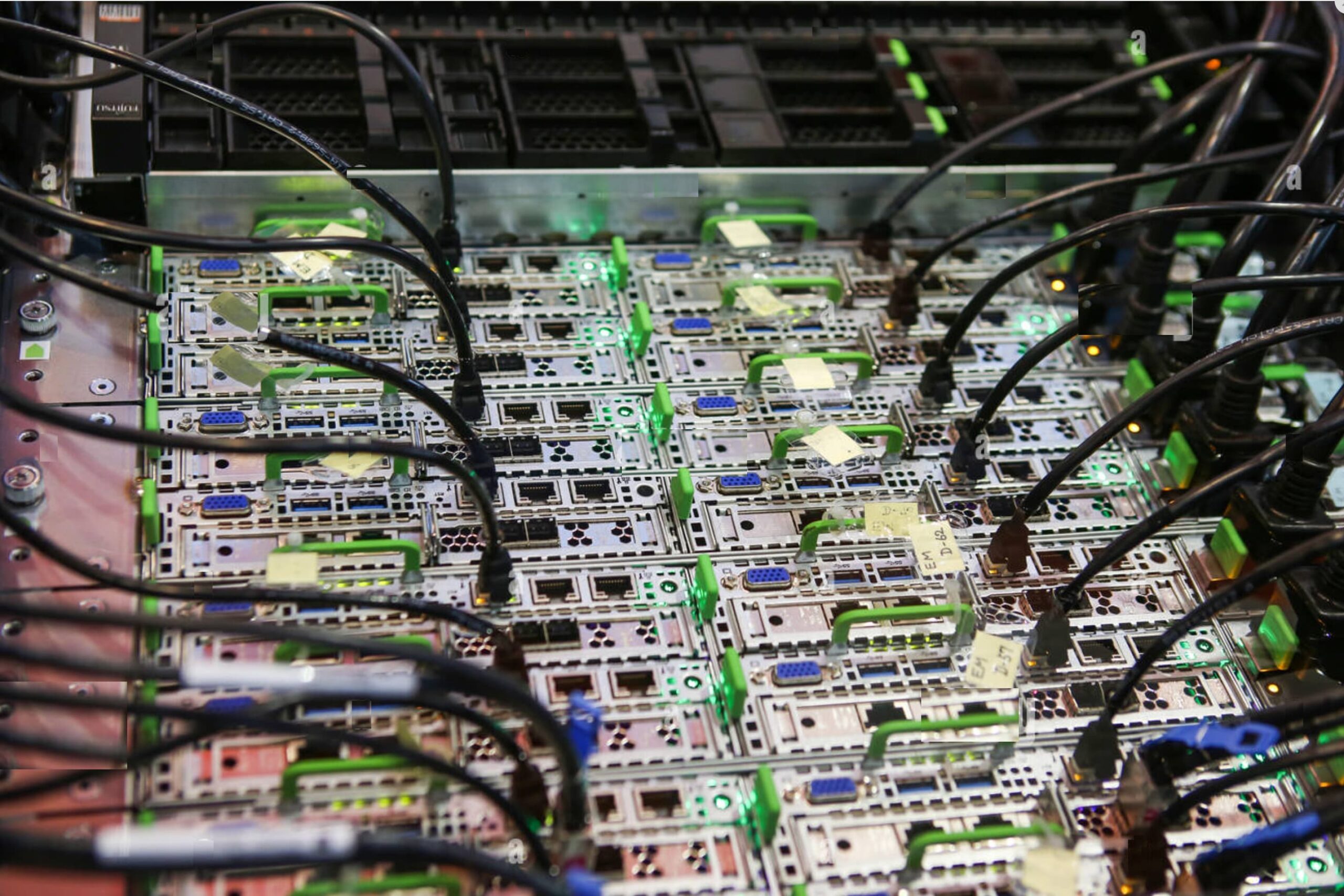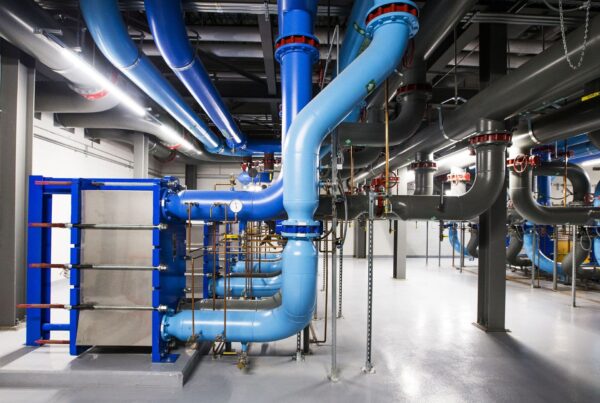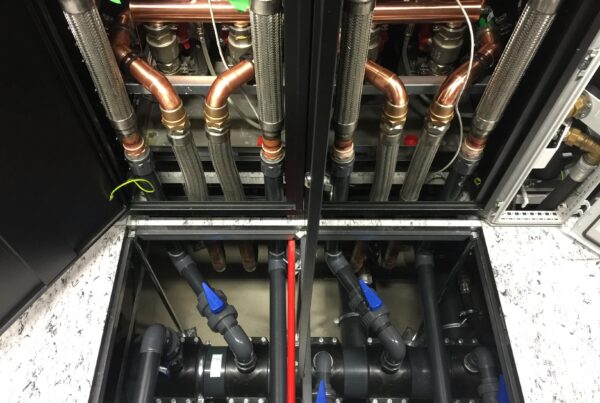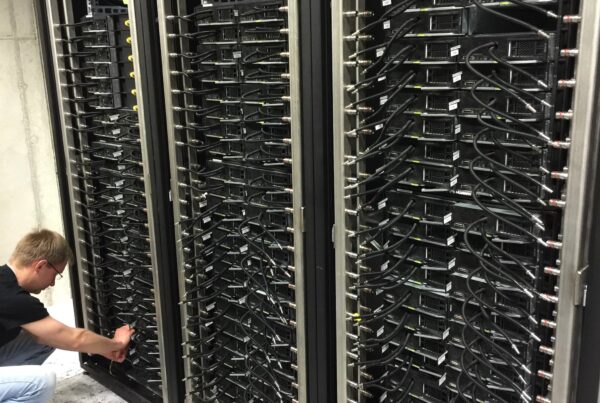Dive into Efficiency: Immersion cooling at glance


Home » Dive into Efficiency: Immersion cooling at glance

 Blog
Datacenter heat reuse options and methods
Blog
Datacenter heat reuse options and methods
 Blog
10 important considerations on implementation of liquid cooling systems in data centers
Blog
10 important considerations on implementation of liquid cooling systems in data centers
 Blog
Be ready to take the heat: Why taping into Direct Liquid Cooling
Blog
Be ready to take the heat: Why taping into Direct Liquid Cooling

DCX Liquid Cooling Systems is a premier global manufacturer offering an extensive range of sustainable liquid cooling solutions, including both Direct Liquid Cooling and Immersion Cooling technologies. The company designs & manufactures Server Immersion Enclosures, Coolant Distribution Units (CDUs), CPU and GPU coldplates, manifolds and other components of liquid cooling system. DCX delivers Hydro & Immersion Containers and facility-based systems. DCX supplies Immersion Optimised Dry Coolers and a Thermasafe Dielectric Engineered Fluids. Hardware solutions are complemented with liquid cooled data hall design and implementation services, making DCX the first choice for liquid cooling systems’ supplier.
DCX POLSKA SP. Z O.O.
Poleczki 23,
02-822 Warsaw, Poland
Registration Number 383547173
VAT Identification: PL9462689288
